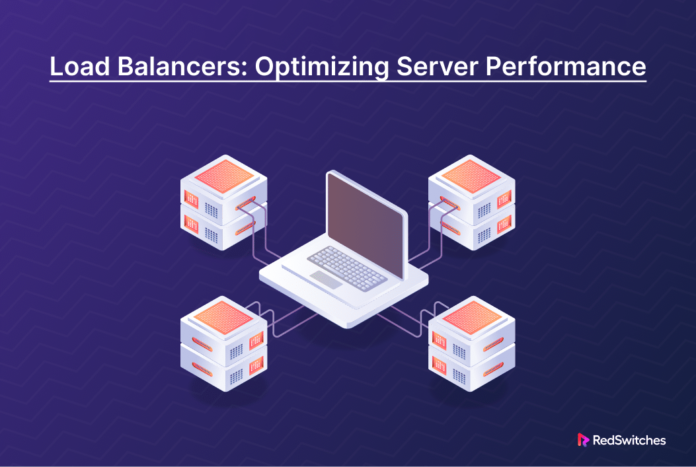In the ever-expanding realm of data center infrastructure, network load balancers have emerged as indispensable tools for optimizing performance, ensuring scalability, and enhancing reliability. By intelligently distributing incoming traffic across multiple servers or resources, network load balancers play a pivotal role in maintaining seamless connectivity and mitigating the risk of downtime. In this article, we’ll delve into the technologies behind network load balancers, explore their importance in data center architecture, and shed light on how RELIANOID Load Balancer is redefining reliability to become the most trusted choice for building high-reliable data centers.
The Technology Behind Network Load Balancers
Network load balancers leverage a variety of technologies to achieve optimal performance and reliability:
- Layer 4 Load Balancing: Network load balancers operate at the transport layer (Layer 4) of the OSI model, making routing decisions based on information such as IP addresses, TCP/UDP ports, and protocol types. This enables them to efficiently distribute traffic across backend servers while ensuring seamless communication between clients and servers.
- Health Checking: Network load balancers employ health checks to monitor the status and availability of backend servers. By periodically sending probe requests and analyzing response times, load balancers can detect failed or unhealthy servers and automatically route traffic away from them, ensuring continuous operation and minimizing downtime.
- Connection Persistence: Network load balancers can maintain connection persistence by ensuring that subsequent requests from the same client are directed to the same backend server. This is particularly important for applications that require session continuity or stateful communication, such as e-commerce platforms or real-time messaging services.
- Scalability and High Availability: Network load balancers are designed to scale horizontally to accommodate growing traffic demands and ensure high availability. By distributing traffic across multiple backend servers and implementing redundancy and failover mechanisms, load balancers can withstand hardware failures, network outages, and sudden spikes in traffic without impacting service availability.
RELIANOID Load Balancer: Redefining Reliability in Data Centers
RELIANOID Load Balancer stands out as a beacon of reliability in the realm of network load balancers, offering unparalleled performance, scalability, and resilience. Here’s how RELIANOID is redefining reliability in data center infrastructure:
- Performance Networking Systems: RELIANOID Load Balancer is built on top of performance networking systems that leverage cutting-edge technologies to deliver lightning-fast throughput, low latency, and high packet processing capabilities. This ensures optimal performance even under the most demanding workloads, enabling organizations to meet the requirements of modern applications and services.
- Advanced Health Checking: RELIANOID Load Balancer employs advanced health checking mechanisms to monitor the status and availability of backend servers in real-time. By proactively detecting and mitigating potential issues, RELIANOID ensures continuous operation and minimizes the risk of downtime, thereby enhancing overall reliability.
- Scalability and Elasticity: RELIANOID Load Balancer scales seamlessly to accommodate growing traffic demands and evolving infrastructure requirements. Whether you’re managing a small-scale deployment or a large-scale data center, RELIANOID adapts effortlessly to meet the needs of your organization, ensuring uninterrupted service availability and optimal performance.
- Security Features: RELIANOID Load Balancer prioritizes security, offering advanced features such as SSL/TLS encryption, DDoS protection, and Web Application Firewall (WAF) to safeguard against malicious attacks and protect sensitive data. By fortifying the perimeter and implementing robust security measures, RELIANOID enhances the reliability of data center infrastructure, ensuring the integrity and confidentiality of critical assets.
Conclusion: Embracing Reliability with RELIANOID Load Balancer
In conclusion, network load balancers are indispensable components of modern data center infrastructure, enabling organizations to optimize performance, ensure scalability, and enhance reliability. RELIANOID Load Balancer stands at the forefront of this evolution, redefining reliability with its advanced performance networking systems, robust health checking mechanisms, seamless scalability, and comprehensive security features. By choosing RELIANOID Load Balancer, organizations can build high-reliable data centers that meet the demands of the digital age, ensuring uninterrupted service availability and optimal performance for their applications and services.
